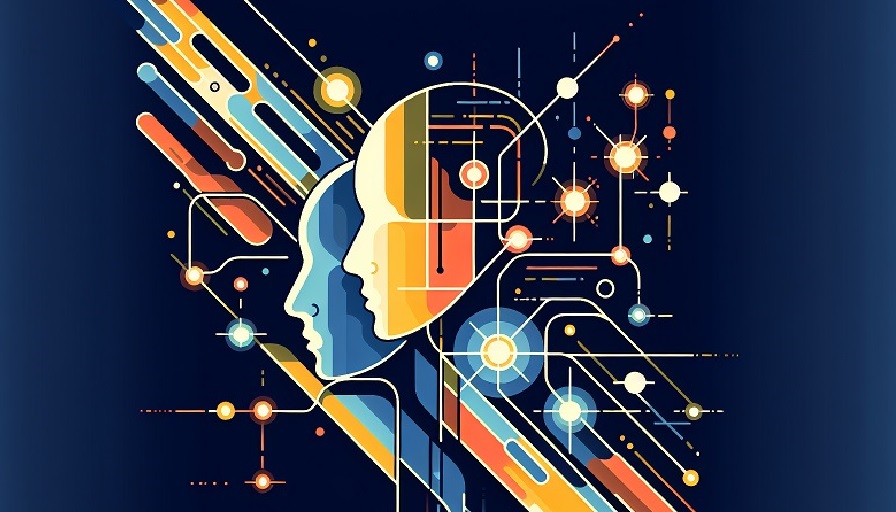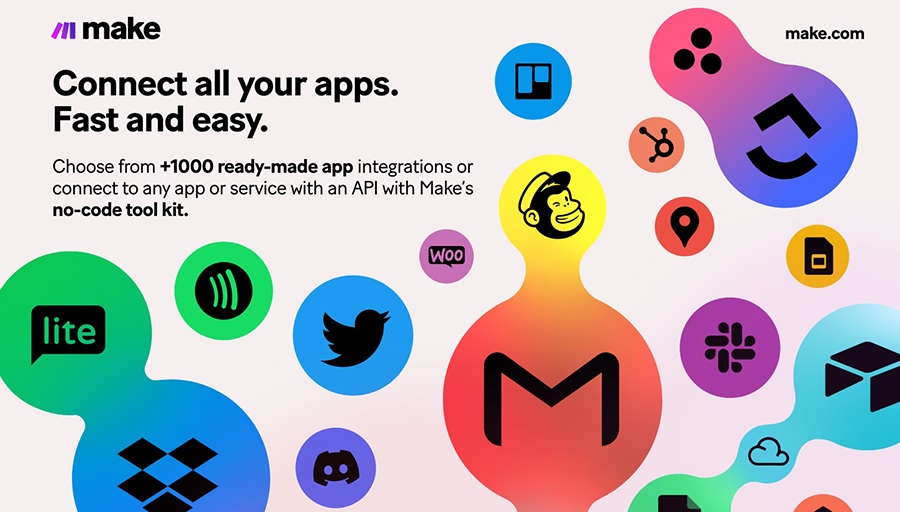
Every workplace has them – the repetitive tasks that quietly consume hours each week. Scheduling meetings, logging data, sorting emails, generating reports. These tasks are necessary, but they rarely inspire creativity or drive growth. Artificial intelligence is changing the equation by automating routine work and freeing people to focus on innovation. What once felt like drudgery can now become an opportunity to reshape how teams operate and how businesses deliver value.
Contents
The Cost of Repetition
On the surface, small repetitive tasks may not seem like a big deal. A few minutes here, a half-hour there. But when multiplied across an organization, the hours lost are staggering. Research consistently shows that employees spend a large percentage of their workweek on administrative or routine work that could be automated. Beyond the time lost, repetition drains energy, lowers morale, and creates bottlenecks when tasks pile up.
AI-driven automation offers a way out. By shifting repetitive responsibilities to intelligent agents, employees regain time for problem-solving, collaboration, and creative pursuits. This shift not only improves productivity but also transforms the culture of work.
Everyday Tasks That AI Is Automating
Email and Communication Management
AI agents can prioritize emails, draft responses, and even schedule follow-ups automatically. Instead of wading through a cluttered inbox, employees see only the messages that truly matter. In team communication platforms, AI agents can summarize conversations and highlight action items.
Scheduling and Calendar Coordination
Finding a meeting time used to involve long email chains. Now, AI scheduling assistants check calendars, suggest optimal times, and send invites without human intervention. They adjust automatically if conflicts arise, saving time for everyone involved.
Data Entry and Processing
Manual data entry is error-prone and tedious. AI systems now extract information from forms, receipts, and documents, entering it into the correct systems instantly. In finance, this means expense reports process themselves. In HR, candidate information is automatically logged from resumes and applications.
Customer Interactions
AI-powered chatbots handle routine customer queries around the clock. Whether answering FAQs, providing account updates, or processing returns, these agents eliminate the need for human staff to field repetitive questions. Customers get faster service, and employees focus on more complex needs.
Document Generation and Reporting
Reports once created by hand can now be generated automatically with AI tools. Weekly sales summaries, performance dashboards, or compliance reports are compiled instantly. Agents pull real-time data, format it, and distribute it on schedule, eliminating the drudgery of manual report creation.
How Automation Fuels Innovation
Freeing teams from repetitive tasks is not just about saving time – it changes the nature of work itself. Here’s how automation drives innovation:
- More Creative Energy: Employees use their energy on problem-solving and new ideas rather than administrative chores.
- Faster Experimentation: With routine processes automated, teams can run more experiments, gather data, and iterate quickly.
- Cross-Disciplinary Collaboration: People spend less time on busywork and more time working across functions, sparking innovation at the intersections of expertise.
- Customer-Centric Work: By automating back-office repetition, staff can focus on designing better customer experiences.
Challenges of Automating Everyday Tasks
Resistance to Change
Some employees worry that automation threatens their jobs. In reality, AI is more about shifting responsibilities than replacing people. Clear communication and training are key to overcoming this fear.
Quality Assurance
Automation must be monitored carefully. An error in data entry automation, for example, can ripple across systems. Regular checks and human oversight are essential for trust and accuracy.
Integration Complexity
Everyday tasks often span multiple tools and systems. Automating them requires integration between platforms, which can be challenging without the right infrastructure.
Over-Reliance
When too much is automated without safeguards, employees may lose sight of how processes work. This can create blind spots if automation fails. A balance between human awareness and automated efficiency is necessary.
Real-World Examples of Everyday Automation
Small Businesses
Entrepreneurs use AI bookkeeping tools to categorize expenses, generate invoices, and manage payroll. This allows them to spend less time on administration and more time growing their business.
Corporate Teams
Large companies rely on AI to manage workflows across departments. Marketing teams automate campaign tracking, HR departments streamline recruiting, and IT teams automate routine support tickets. Each team reclaims hours weekly by letting AI handle the basics.
Remote Work Environments
In distributed teams, AI agents coordinate time zones, summarize virtual meetings, and manage project updates. This reduces friction in collaboration and keeps projects moving smoothly.
The Future of Everyday Automation
As AI agents grow more sophisticated, they will not just automate individual tasks but entire workflows. Instead of generating a single report, an agent may analyze the results, identify trends, and recommend next steps. Instead of scheduling one meeting, it may plan an entire project timeline and track progress automatically.
The future lies in moving from “assistance” to “autonomy.” While humans will always set the strategy and vision, AI will increasingly handle execution, giving people more space to innovate, create, and lead.
Automation is not about eliminating work – it’s about eliminating the repetitive parts of work that keep people from reaching their potential. By applying AI to everyday tasks, organizations save time, reduce errors, and unlock energy for creativity. The real value lies not just in efficiency gains but in the cultural shift that occurs when employees stop drowning in repetition and start thriving in innovation.

